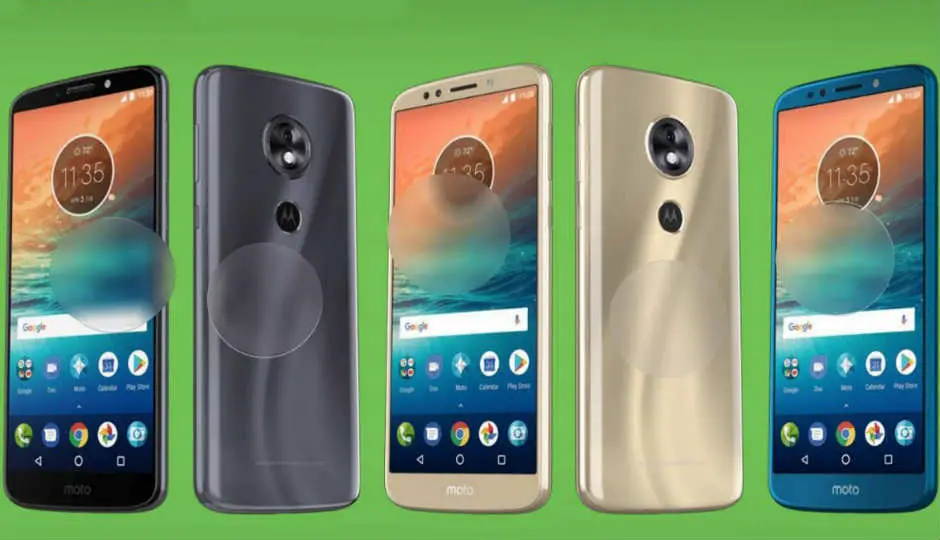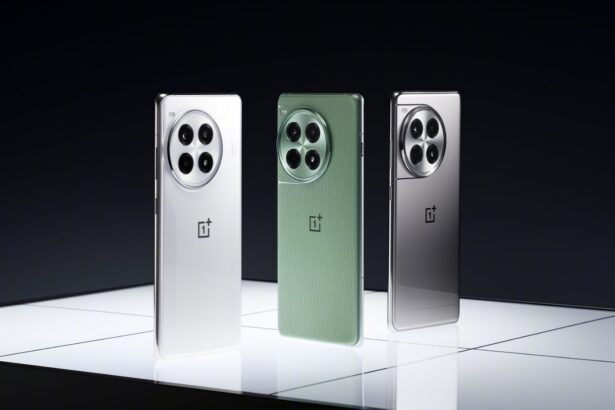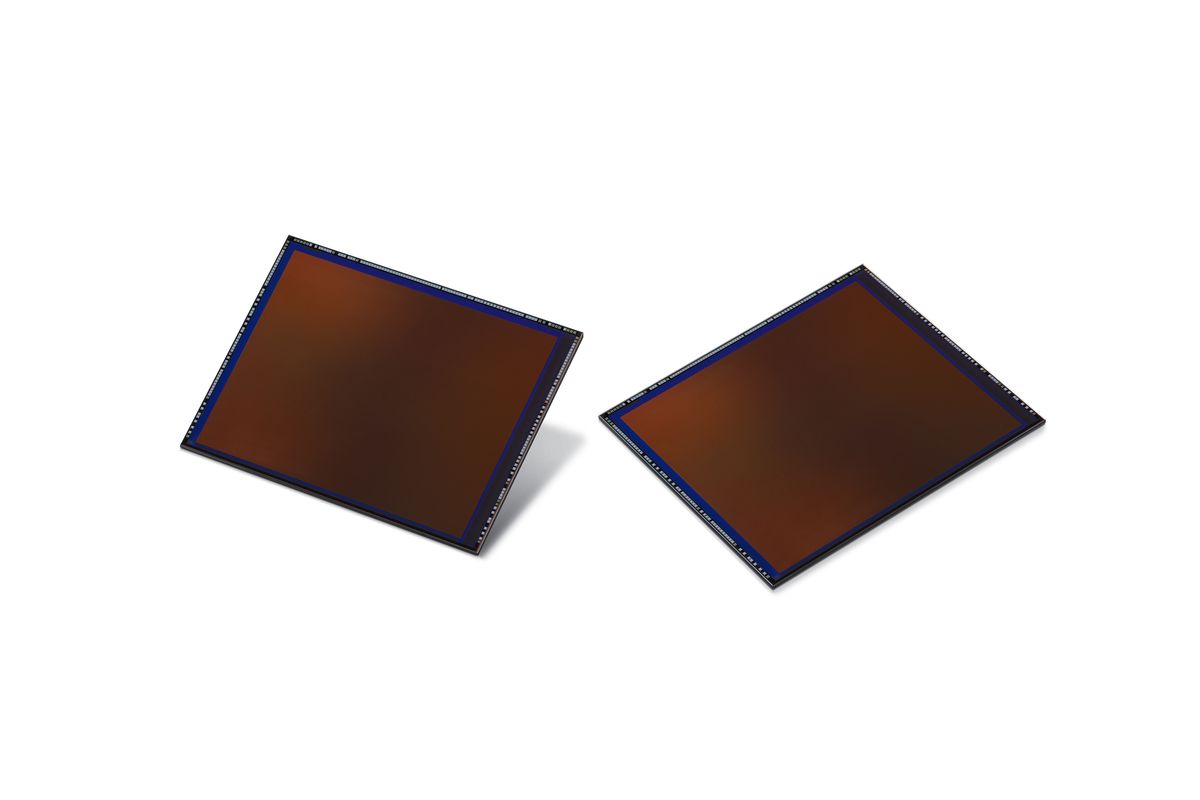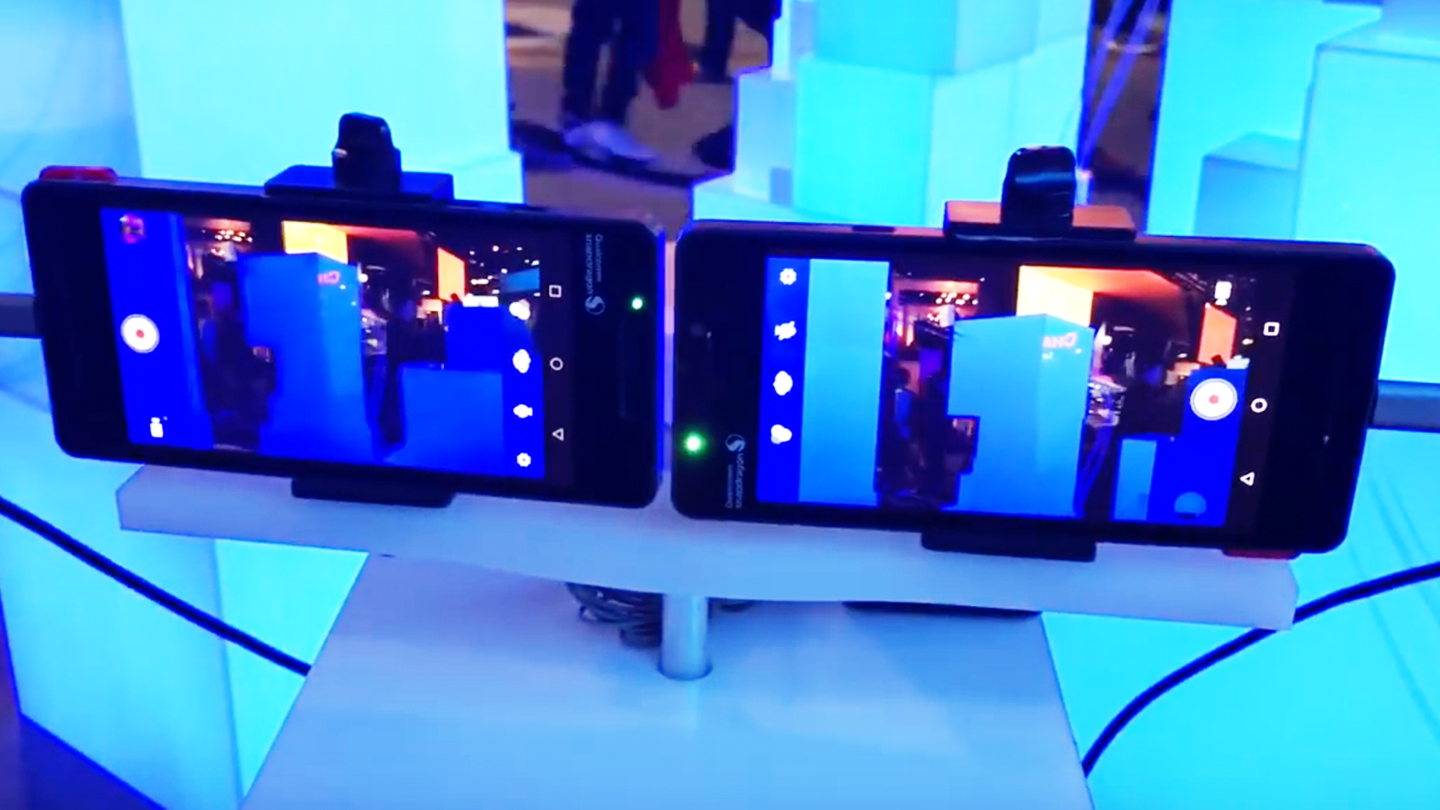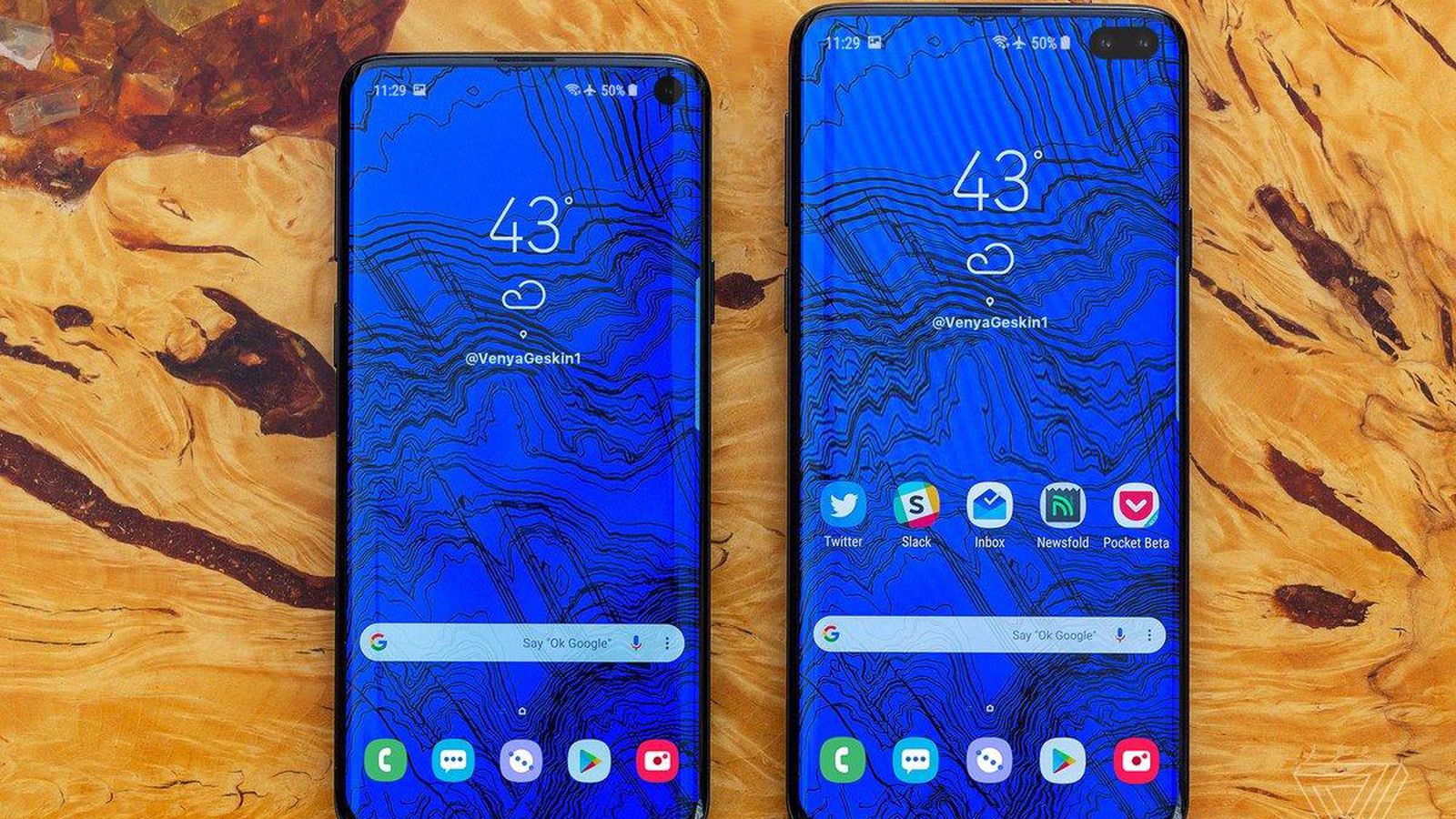Now that we are done with the first half of the year, we can have a look at the second half that happens to be the most crucial part of the smartphone industry. Google and Apple announce their smartphones in the second half for the year along with their newer operating systems. For this piece, we’ll be talking about the things that we already know about the 2017 Google Pixel series.
Without a doubt, the 2016 Google Pixel and Pixel XL were two of the most popular smartphones of the year, if not successful. Google was making a self-branded phone for the first time, and it was controlling both, the software and the hardware, much like what Apple does. Pixel, after all, was competing with the Apple iPhone.
Muskie and Walleye are the two names that are being connected with the 2017 Pixel series, and they are most certainly the codenames of this year’s Pixel duo. Some of the earlier reports claimed that HTC would once again make the two phones. But the recent reports suggest that Google has canceled Muskie, which was to be the successor to Pixel XL, and will be replacing it with a device codenamed Taimen that will be manufactured by LG.
That’s getting a bit confusing; the final thing is, there would be two Pixel smartphones for 2017, the smaller one will be manufactured by HTC, while the bigger one, probably the successor to Pixel XL, will be manufactured by LG.
The smartphone displays are getting bigger without causing any significant increase in the phone’s dimensions. Samsung Galaxy S8 and LG G6 are the two examples which squeezed the bezels around the display to fit a larger panel in a relatively smaller body. The Pixel 2 is also expected to follow suit and will sport a screen with thinner bezels.
Android Police recently reported an alleged render (included above) of the 2017 Pixel XL that shows a device with thin bezels on the top and bottom of the display. Apparently, the design of the phone from the back is akin to the last year’s Pixel series with the use of metal and glass. The overall structure of the phone is, however, different with flatter sides while the camera lens is also much larger.
With the inclusion of 2:1 display of 6 inches, the Pixel phones are also expected to come with OLED panels. And guess who will be supplying the OLED panels for Google. LG! The 2016 iteration was marred by the shortage of display panels, and Google had to avoid such situation this time. What could be a better of ensuring a continuous supply than to give LG the contract to manufacture one of the phones?
On the hardware front, the Pixel phone will offer the latest specifications including a Snapdragon 835, or even the upcoming Snapdragon 836, 4GB of RAM, and larger display of 5.6-inches for the Pixel and 5.9 or 6 inches for the Pixel XL. The camera will reportedly remain the same and Google might bring improvements to its image processing algorithms that might make the final images look better.
Google will be releasing the Android O version in the next couple of months, and the Pixel devices will be launched soon after. The possible time for their launch is around October and November. For the pricing, we can expect a price tag close to the last year’s models.
